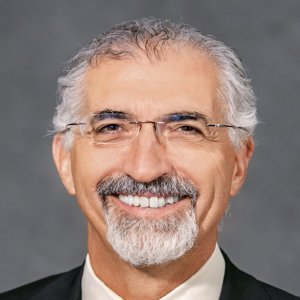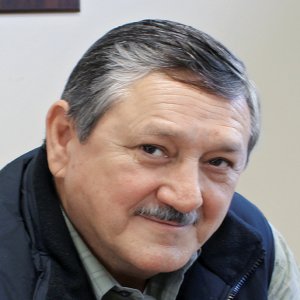Responsible Closure Plans to Cut Costs

Responsible Closure Plans to Cut Costs

STORY INLINE POST
Q: In which mining segment is the company most strongly positioned in the local market and why?
SF: Amec Foster Wheeler is involved in the whole cycle of a mine from its conception to its closure. We are involved in the early stages by offering scoping, prefeasibility, and feasibility studies, as well as the whole range of mining engineering services within the process plant, including mine surface and subsurface development and surface infrastructure categories. We also support companies in the permitting process within the CONAGUA and SEMARNAT regulatory system to ensure that mining clients understand the Mexico-specific operational and environmental regulations. In the design and construction stage of a project, we also have a strong presence through both the Amec Foster Wheeler Mining & Metals and Environment & Infrastructure groups.
HP: One of the ways mines are cost efficiently developed is through EPC management. Amec Foster Wheeler is able to mobilize at that level in order to offer key services such as construction support and quality assurance and control. In the operational stage we offer services including process cycle optimization, infrastructure design, tailings management, process water and stormwater quality and control, and embankment stability. According to the Mexican environmental laws a mine must generate a closure plan that is periodically updated. Currently we are involved in closure plan updates for three Mexican precious metals mines.
Q: Which flagship project reflects the value proposition and strengths of Amec in the mining sector?
HP: Relatively speaking, there are still few greenfield projects because so many mineral rich areas have been developed in the last 400 years of Mexico’s mining history. The Spanish developed mines in Mexican states such as Durango, Zacatecas, and Guanajuato where silver was relatively accessible at surface outcroppings. Over the past 20 years, and facilitated by the NAFTA treaties between Mexico, Canada, and the US, the trend has been to focus the operation of legacy mines with a limited number of greenfield projects when compared to the rest of the world. Given that many projects are legacy mines there tends to be demand for experience in expanding existing mine infrastructure, process plant facilities, and to expand stable tailings storage capacity.
SF: An example of this type of legacy mine development can be seen with Endeavour Silver in Guanajuato and Durango. In these operations, Amec Foster Wheeler has carried out a variety of environmental engineering services, from water balance, hydrology and hydraulics, tailings storage stability and expansion, and stormwater management. Additionally, Endeavour Silver managed to increase the production rate over the historic mining rates at this legacy mine. Naturally, this created the challenge of an increased rate of tailings waste production to be managed and disposed of in a stable and environmentally responsible manner. Amec Foster Wheeler was tasked with finding a sustainable solution.
Q: What optimization services do you have in place in order to reduce bottlenecks in plants and mines?
HP: We have mine processing and engineering specialists that carry out dynamic simulations using modeling to simulate real time and full scale operational conditions. We have in-house proprietary simulation software that replicates the operations of a plant and allows us to identify the processing bottlenecks and see where the process circuit needs to be modified. In this manner, Amec Foster Wheeler can help processing plants become more cost effective and obtain a higher level of metal recovery. Milling costs rank high on the list of expenditures in a mining operation, and one of the best ways to reduce costs is to reduce the amount of fines in the grinding phase. We have a simulator that optimizes the milling process, and as a result improves the flotation or leaching process specific to the ore type. With this proprietary modelling, we have been able to simulate different gradations and recovery options to optimize the recovery process and minimize the all-inclusive and final cost of production.
Q: How is Amec Foster Wheeler improving water management strategies and optimizing the consumption of this resource?
SF: The downstream waste of the processed ore is a mixture of milled ore and water normally discharged as a slurry to a final tailing storage facility. The physical and chemical characteristics of tailings and their methods of handling and storage are a significant mining cost. New technology has allowed the exploitation of lower average grade ores and thus the generation of higher volumes of tailings storage demand. In addition, there has been an increased focus in Mexico in recent years on the stability of tailings storage facilities and on mine site water quality.
























